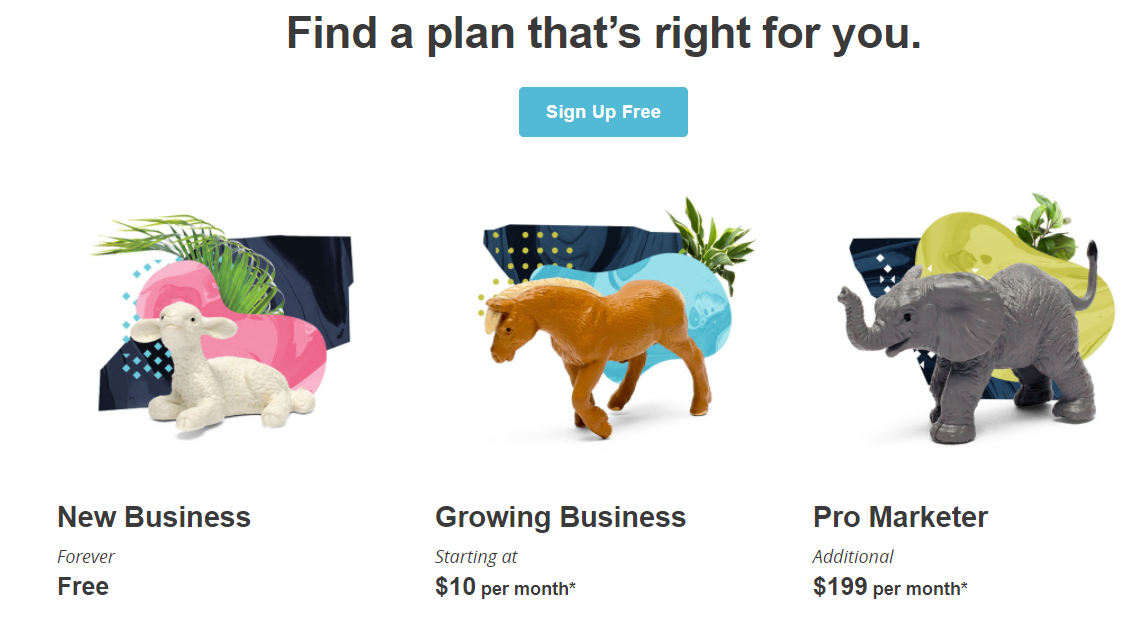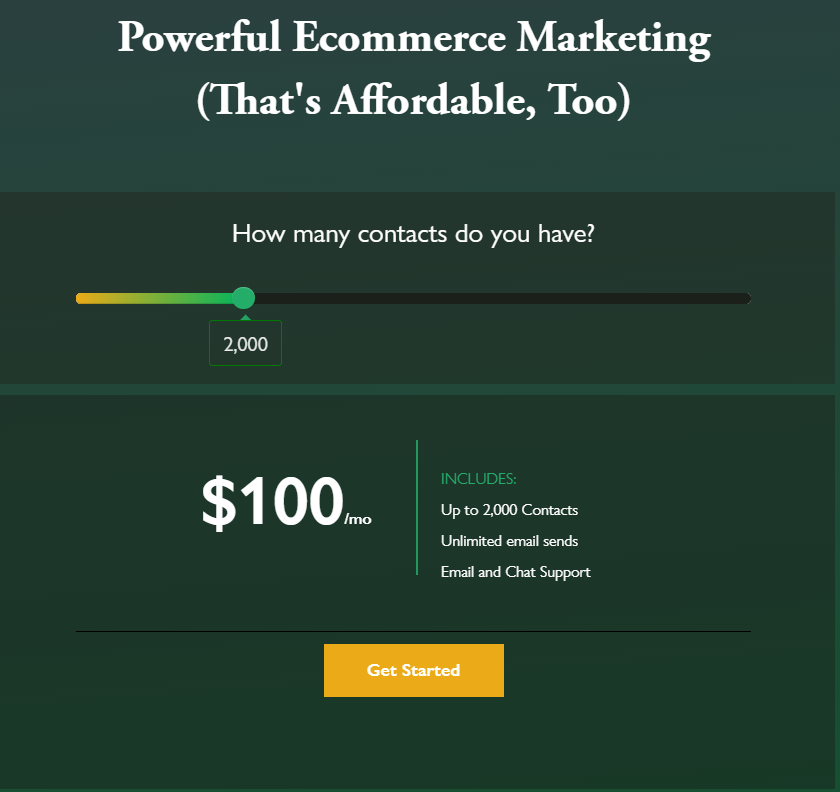With so many email marketing tools out there, you can spend days researching and still have no idea which one is right for your business.
Two of the biggest names in the email marketing industry are MailChimp and Klaviyo.
In this article I’ll briefly touch on the features that each tool offers, but this won’t be like your typical software review where both tools are put head to head.
You cannot compare MailChimp and Klaviyo in a head-to-head battle because they both cater to different markets.
MailChimp
MailChimp was the first email marketing tool I ever used.
The platform is very easy to use for anyone who is not tech savvy, and their forever free plan is amazing value for small businesses.
If your email list contains up to 2,000 subscribers and you send no more than 12,000 emails per month, you don’t pay!

Their paid pricing plans are also very reasonable and start from $10 per month upwards.
I’ll be honest, when I started my first online business I loved MailChimp, and I still do to this day.
But if you want to scale your e-commerce store or are sending tens of thousands of emails per month, MailChimp starts to fall apart.
One of the downsides of MailChimp is that it doesn’t provide you with big data.
If you send an email which results in 50 new orders, you’ll only be able to pull basic information such as total amount ordered or number of sales generated.
You won’t be able to see which item each subscriber bought, which items they have bought in the past, or items they viewed at your store. Without this information it is harder to send personalized emails in the future, and finding out your customer lifetime value (LTV) and average order value (AOV) per customer manually is intensive.
If you have ever tried contacting MailChimp support, it can take days before problems are fixed. If you’re using their forever free plan, you get no support.
MailChimp is a great tool and best suited for hobby projects or SMEs with a small customer base who don’t generate a large amount of revenue from email marketing.
If you’re sending emails on a daily basis or are in e-commerce, your business will eventually outgrow MailChimp as it lacks the features to support a growing e-commerce store.
Klaviyo
The first difference you see between MailChimp and Klaviyo is the pricing.
While MailChimp allows you to use their platform for FREE for the first 2,000 contacts, Klaviyo is only FREE for 250 contacts, and an email list of 2,500 subscribers costs $100.

At first glance you’d think, “Wow, Klaviyo is expensive.”
But when you take a deeper look you realize that you get a lot more bang for your buck.
For one, you can see what each subscriber bought from your emails, their purchase history, items viewed, and other data to improve list segmentation.
You’ll also be able to see which customers used your coupons and your subscriber and list LTV and AOV.
These are pivotal data points that you need to have not only to improve your email marketing, but to provide benchmarks to improve upon.
My favorite Klaviyo feature is that it keeps all your email custom audiences (ECA) in sync with Facebook in real time. To update your ECA using MailChimp you must manually upload your list each time; not only is it time consuming, but you run the risk of showing the wrong offers to customers who have already bought from your store.
As for A/B testing, you can test automated and broadcast emails with Klaviyo.
You cannot A/B test any automated series with MailChimp regardless of your pricing plan.
Klaviyo has pre-built workflows for every type of email needed in e-commerce and probably the most advanced reporting system of all email platforms out in 2018. With a number of great features, it’s not hard to guess why many e-commerce and clothing companies love to use Klaviyo.
Klaviyo is for big e-commerce
MailChimp and Klaviyo are both amazing products, and both provide epic amounts of value to businesses.
If you’re a small business that doesn’t rely on email marketing to generate sales, go for MailChimp – it’s simple to get started and easy to use.
You don’t need to A/B test emails if you have a small email list or only send out one email a week, nor do you need to segment them by LTV or AOV.
However, if you have a big e-commerce store that has a complex email marketing funnel, an active email list of thousands of customers, and a large chunk of your revenue comes for email marketing, then Klaviyo is the best option for you.
Klaviyo was made specifically for e-commerce and integrates with dozens of e-commerce apps such as Shopify, Facebook, Stripe, ReCharge, Salesforce, and more!
Klaviyo is for e-commerce businesses that want to grow and improve their email marketing; it’s really as simple as that, it was built specfically for e-commence.
MailChimp helps you get started with email marketing; Klaviyo takes your email marketing to the next level.
Where do you want to take your business?